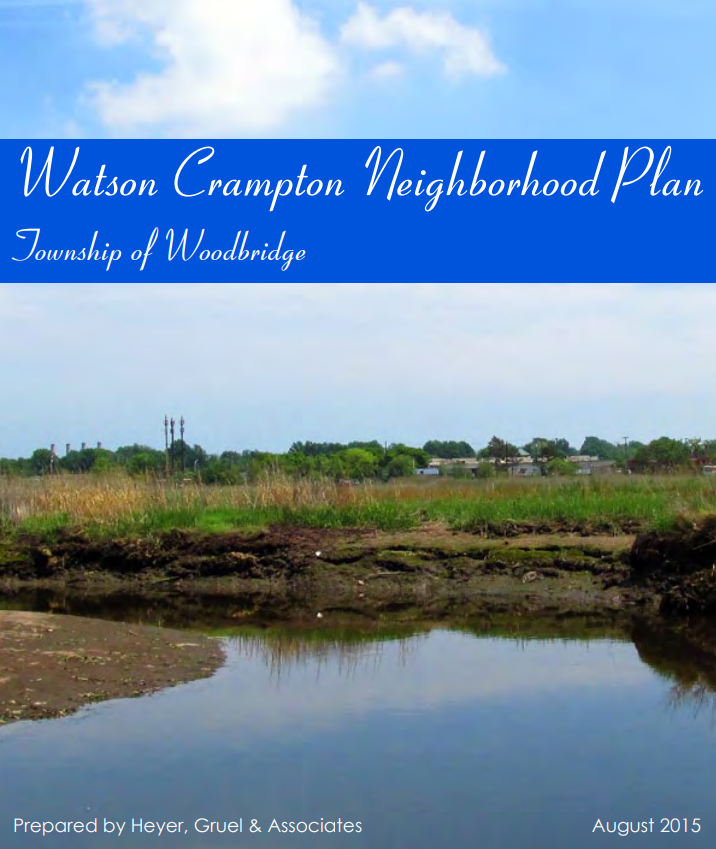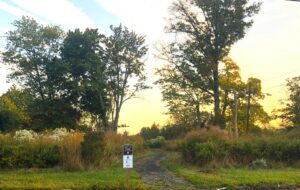
Watson Crampton Neighborhood Plan Township of Woodbridge (2015)
Last modified on June 24th, 2025 at 11:18 am
The Watson Crampton Neighborhood Plan is a successful example of proactive resilience planning, with tangible results visible in the neighborhood today. In October 2012, Superstorm Sandy caused significant damage to many communities in New Jersey, including the Watson Crampton neighborhood in Woodbridge Township. In response, Woodbridge Township developed the Watson Crampton Neighborhood Plan to help residents affected by the storm.
Purpose of the Plan
The Watson Crampton Neighborhood Plan serves as a guide for future planning projects within the neighborhood. It aims to identify issues and opportunities, and recommend strategies to enhance resiliency against future flood events.
Key Components of the Plan
- Blue Acres Program: Discussion of the program and identification of properties in Watson Crampton that have utilized it.
- Neighborhood Characteristics: Analysis of the neighborhood’s vulnerabilities and opportunities.
- Strategic Recommendations: Strategies to preserve and reinforce the neighborhood’s residential characteristics while ensuring residents’ health, safety, and welfare.
- Concept Plan: A proposed plan implementing several recommendations.
Background and Support
The plan was prepared under the Post Sandy Planning Assistance Grant Program, administered by the New Jersey Department of Community Affairs. This program supports long-term planning for redevelopment in communities affected by Superstorm Sandy, providing local municipalities with planning support services.
Blue Acres Program Participation
Woodbridge Township is participating in the NJDEP Blue Acres Program, which targets the buyout of flood-prone structures and the preservation of the floodplain. The buyout process began in 2014 and is ongoing.
Open Space/Conservation Zone
The plan includes the creation of an Open Space/Conservation (OSC) zone to protect the residential neighborhood from future floods. This zone consists of recreation areas and open space, allowing much of the area to return to its natural state. The open space will act as a buffer between the Woodbridge River and residential properties, helping to mitigate flood effects.
